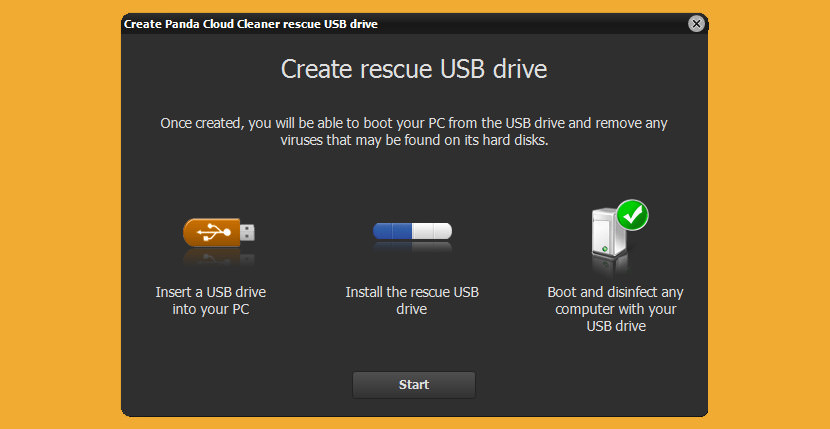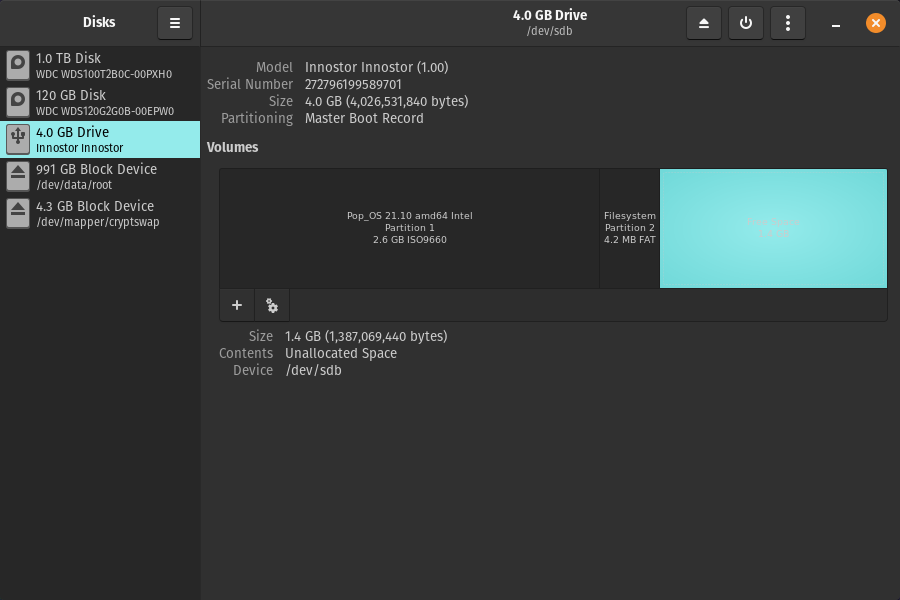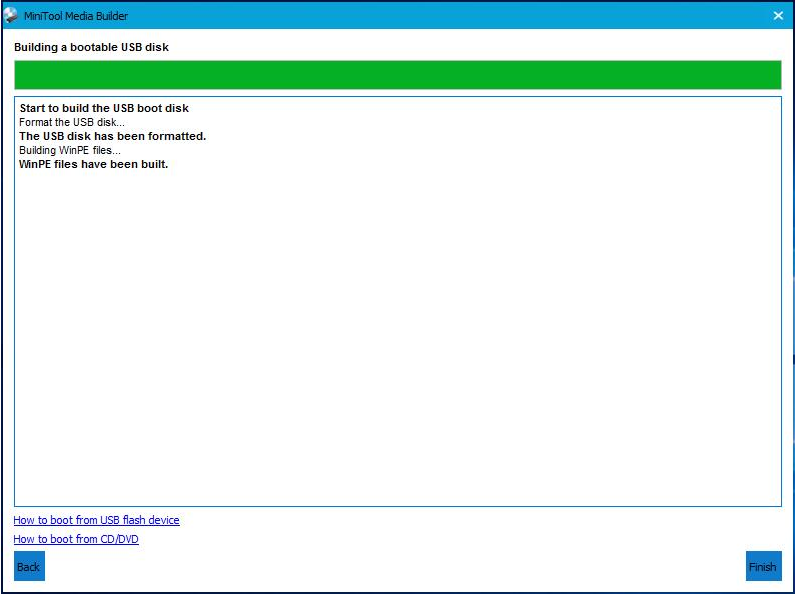 -->
-->
Windows Media Creation Tool is one of the most common ways to create a bootable USB drive. Similarly, you can use it to create a UEFI boot USB. Similarly, you can use it to create a UEFI boot USB. Tip: This method is suitable for those computers that are using UEFI firmware. EaseUS Partition Master enables you to create a bootable USB flash drive and start the PC from the bootable disk, and then it allows you to format a hard drive even when the Windows OS cannot boot within this tool. After getting this software, let's move on and follow the guidelines below to resolve your problems now. How it works: This Multiboot USB Tool works by creating a hidden bootable partition which houses the boot menu and boot loader. While another exFAT partition is created and used for storing the ISO files. This method allows for the storage of file sizes larger than 4GB. Project Home Page. Ventoy – (windows) Bootable USB Flash Drive Creation. With Bootable ISO file in CD or USB, we can rescue Windows when it fails to boot after installed or upgraded to New Windows 10. Now Macrorit Partition Expert is able to build Bootable CD ISO file from the v4.0+ Versions. Click Build Bootable CD option, and click NEXT to create ISO file. At that time, the bootable USB drive serves as a solution. To create a Bootable USB drive, one needs to use a Bootable USB tool. The USB Bootable tool’s role is to set up a USB drive to install Windows or Linux on a computer. You can’t create a Bootable USB drive without using a Bootable USB creator.
Applies To: Windows Server 2016 Essentials, Windows Server 2012 R2 Essentials, Windows Server 2012 Essentials

You can create a bootable USB flash drive to use to deploy Windows Server Essentials. The first step is to prepare the USB flash drive by using DiskPart, which is a command-line utility. For information about DiskPart, see DiskPart Command-Line Options.
Tip
To create a bootable USB flash drive for use in recovering or reinstalling Windows on a PC instead of a server, see Create a recovery drive.
For additional scenarios in which you may want to create or use a bootable USB flash drive, see the following topics:


To create a bootable USB flash drive
Usb Bootable Partition Manager Free
Insert a USB flash drive into a running computer.
Open a Command Prompt window as an administrator.
Type
diskpart.In the new command line window that opens, to determine the USB flash drive number or drive letter, at the command prompt, type
list disk, and then click ENTER. Thelist diskcommand displays all the disks on the computer. Note the drive number or drive letter of the USB flash drive.At the command prompt, type
select disk <X>, where X is the drive number or drive letter of the USB flash drive, and then click ENTER.Type
clean, and the click ENTER. This command deletes all data from the USB flash drive.To create a new primary partition on the USB flash drive, type
create partition primary, and then click ENTER.To select the partition that you just created, type
select partition 1, and then click ENTER.To format the partition, type
format fs=ntfs quick, and then click ENTER.Important
If your server platform supports Unified Extensible Firmware Interface (UEFI), you should format the USB flash drive as FAT32 rather than as NTFS. To format the partition as FAT32, type
format fs=fat32 quick, and then click ENTER.Type
active, and then click ENTER.Type
exit, and then click ENTER.When you finish preparing your custom image, save it to the root of the USB flash drive.